// / //
kollisionen
Niklas Hebing näherte sich dem Ausstellungstitel literarisch, indem er in seinen Prosatexten Kollisionen von Ich und Welt sowie das Scheitern seiner Figuren an äußeren Umständen thematisierte. Durch genaue Beobachtung alltäglicher Situationen zeigte er die Fragilität menschlicher Beziehungen und Unsicherheiten im Kontakt mit der Umwelt.
Die Ausstellung setzte das Konzept „Private Haengung" fort und regte zur Reflexion über private und öffentliche Räume an.
Click for English version
Vom 16. bis 31. Juli 2011 zeigte die Hebebühne in Wuppertal-Elberfeld Installationen von Patrick Presch und Lesungen von Niklas Hebing. Presch präsentierte unter dem Titel „Kollisionen" blau besprühte Fotos, inspiriert von Internet-Captchas, als dreidimensionale Fragmente im schmalen Vorraum. Die Arbeiten spiegeln sein Interesse an der Dekonstruktion digitaler Strukturen wider, wie auch in seiner Video-Animation „o.T., captcha – excerpt, 2011" erkennbar. Die Installation thematisierte die Schnittstelle zwischen analoger und digitaler Welt und zeigte digitale Artefakte als physische Objekte.Niklas Hebing näherte sich dem Ausstellungstitel literarisch, indem er in seinen Prosatexten Kollisionen von Ich und Welt sowie das Scheitern seiner Figuren an äußeren Umständen thematisierte. Durch genaue Beobachtung alltäglicher Situationen zeigte er die Fragilität menschlicher Beziehungen und Unsicherheiten im Kontakt mit der Umwelt.
Die Ausstellung setzte das Konzept „Private Haengung" fort und regte zur Reflexion über private und öffentliche Räume an.
kollisionen
From July 16 to 31, 2011, the Hebebühne in Wuppertal-Elberfeld presented installations by Patrick Presch and readings by Niklas Hebing. Under the title "Collisions," Presch exhibited blue-sprayed photographs inspired by internet CAPTCHAs, arranged as three-dimensional fragments in the narrow entrance space. These works reflected his interest in deconstructing digital structures, as also seen in his video animation "o.T., captcha – excerpt, 2011." The installation explored the intersection between the analog and digital worlds, presenting digital artifacts as physical objects.
Niklas Hebing approached the exhibition's theme from a literary perspective, using his prose texts to explore collisions between self and world, as well as his characters' struggles with external circumstances. Through precise observation of everyday situations, he highlighted the fragility of human relationships and the uncertainties of interacting with the environment.
The exhibition continued the "Private Haengung" concept and encouraged reflection on the boundaries between private and public spaces.
Niklas Hebing approached the exhibition's theme from a literary perspective, using his prose texts to explore collisions between self and world, as well as his characters' struggles with external circumstances. Through precise observation of everyday situations, he highlighted the fragility of human relationships and the uncertainties of interacting with the environment.
The exhibition continued the "Private Haengung" concept and encouraged reflection on the boundaries between private and public spaces.
// / //
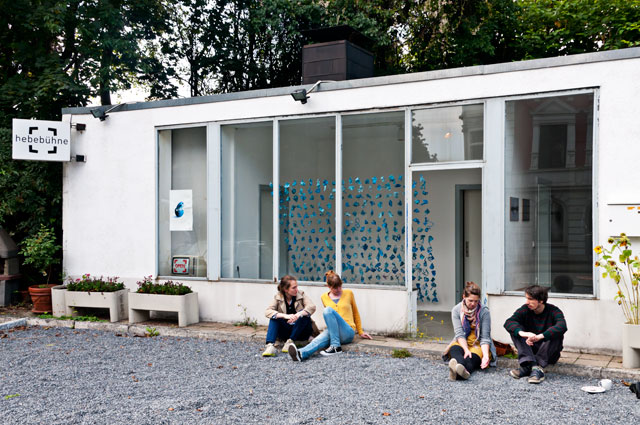
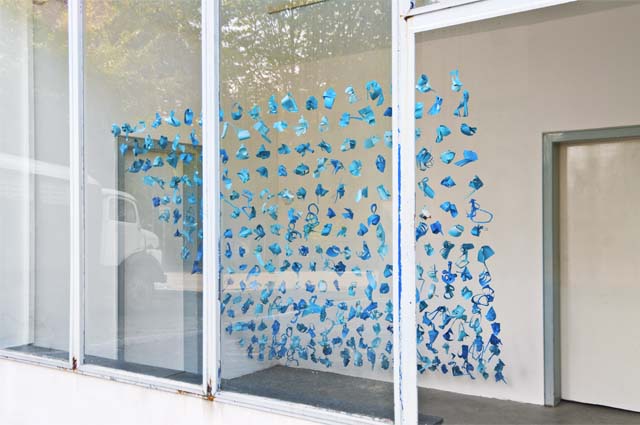
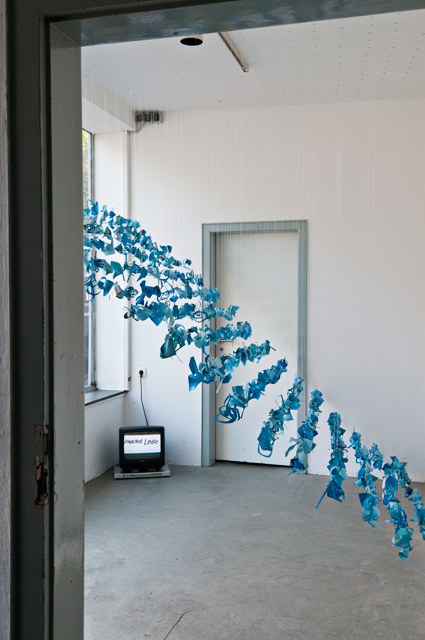
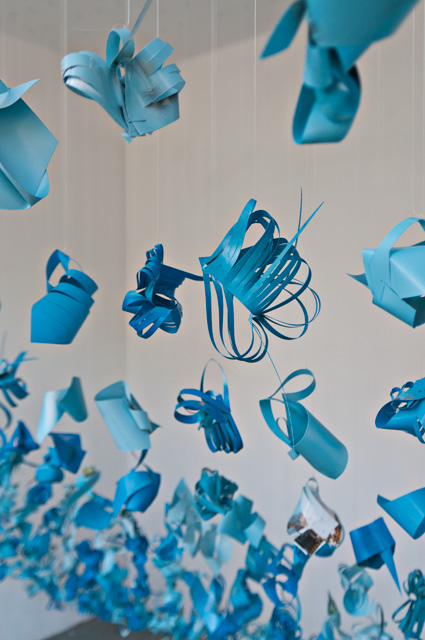
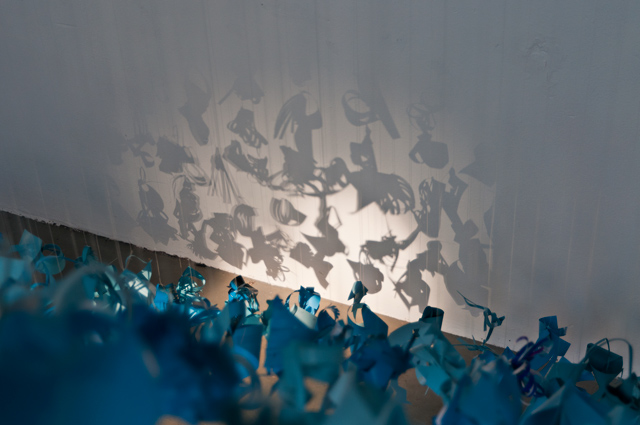
Dokumentation | kollisionen (flipper / Hebebuehne, Wuppertal), o.T. (flipper), 300 Fotos, Lack, Nylonband, 2011.
// / //
o.T.,Video-Animation (Captcha - Ausschnitt), Loop, 2011.
// / //
btw...
"monolog eines schweissers" (Ausschnitt), Niklas Hebing, 2011.
<<<
// / //